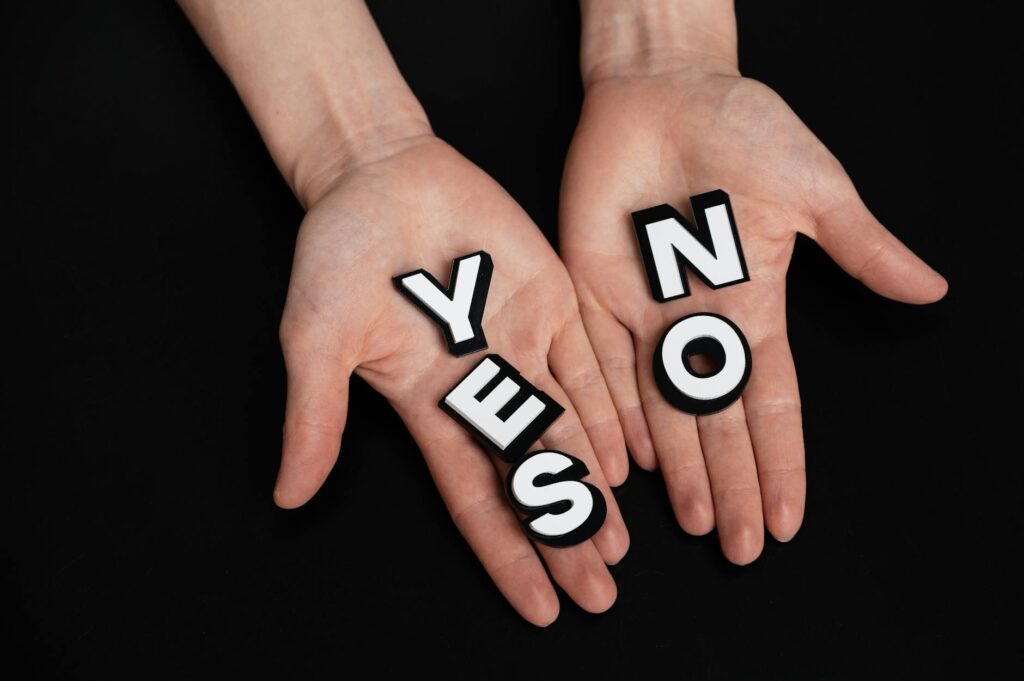What is visual cue systems?

What is visual cue systems?
Visual cue systems are powerful tools designed to enhance productivity and improve time management. By integrating visual elements into your daily routines, these systems can transform how you absorb information and manage tasks. Whether you’re a student looking to boost your study habits or a professional striving to improve efficiency, understanding visual cue systems is vital for personal development.
Defining Visual Cue Systems
Visual cue systems refer to organized structures that use visual elements to convey information, enhance focus, and support memory retention. The main objective is to guide attention and improve recall by presenting information in a visually engaging manner. Think of visual cues as signposts that direct your thought processes, making it easier to navigate complex ideas and tasks.
For example, when studying for an exam, I often use colored sticky notes to highlight key concepts. This not only helps me remember vital information but also makes my study materials more appealing. Research suggests that visual cues significantly aid memory by providing contextual clues that help you retrieve information later. This approach aligns with various educational resources that emphasize the benefits of visual supports for effective learning.

Photo by SHVETS production
Components of Visual Cue Systems
Several key elements constitute a visual cue system, each playing a vital role in enhancing its effectiveness. These components include:
-
Color Coding: Utilizing different colors to categorize information can significantly improve recall. For instance, I assign one color to definitions and another for examples, allowing for quick visual differentiation.
-
Symbols: Simple icons or symbols can represent complex concepts, making information easier to digest. A star could signify importance while an exclamation mark could indicate urgency.
-
Images: Incorporating relevant images can strengthen memory retention. For example, associating a visual representation with a concept aids in recall during quizzes or discussions.
Types of Visual Cue Systems
Various forms of visual cue systems exist, each tailored to specific needs and contexts. Here are some common types:
-
Charts and Graphs: These visual aids help represent data and relationships, making complex information more accessible. I often use pie charts to illustrate proportions among different categories.
-
Bulletin Boards: For personal organization, a bulletin board can serve as a dynamic visual cue system where I pin important reminders, tasks, and deadlines.
-
Digital Tools: Applications like Trello or Asana utilize visual cue systems by presenting tasks in a visually engaging layout, allowing users to manage projects efficiently. These tools are particularly beneficial in collaborative environments.
Benefits of Implementing Visual Cue Systems
Integrating visual cue systems into your daily routine can provide numerous advantages, particularly in productivity, time management, and personal development.
Improved Focus and Attention
Visual cues are instrumental in enhancing concentration. By clearly outlining tasks and objectives, I find it easier to maintain focus. For example, using a visual checklist not only keeps me on track but also minimizes distractions. When I see a task visually represented, it feels more tangible and achievable.
Enhanced Memory Retention
Our brains respond well to visual stimuli. Research shows that visual elements, such as images and color, can facilitate better recall. When I study with visual aids, I often find myself remembering concepts more vividly. This aligns with findings from various studies on memory and learning which underscore the importance of visual cues in education.
Streamlined Task Management
Visual cue systems simplify task management by allowing individuals to prioritize and organize effectively. For instance, I often create a visual timeline for projects, breaking them down into manageable steps. This method not only makes tasks less overwhelming but also provides a clear roadmap for completion.
Practical Applications of Visual Cue Systems
Incorporating visual cue systems into daily life is easier than it might seem. Here are some practical applications:
Creating a Personal Visual Cue System
Designing your own visual cue system can be a fun and rewarding process. Start by identifying your goals and the types of information you want to visualize. Here’s a simple step-by-step approach:
- Identify Key Tasks: List out your primary responsibilities and objectives.
- Choose Your Visual Elements: Decide on colors, symbols, or images that resonate with you.
- Create Your System: Organize your elements in a way that is visually appealing and functional. This could be through a physical board or digital app.
- Review and Adjust: Regularly assess the effectiveness of your system and make adjustments as necessary.
Using Technology for Visual Cue Systems
Technology offers a wealth of tools to facilitate the creation and management of visual cue systems. Applications like Notion or Google Keep provide customizable platforms for organizing visual information. These digital tools allow you to integrate visuals seamlessly into your workflow, making it easier to manage tasks and projects.
Challenges and Considerations
While visual cue systems are highly beneficial, there are potential drawbacks to consider.
Overcomplication Risks
One significant challenge is the risk of overcomplication. Too many cues can lead to confusion rather than clarity. I’ve experienced times when I overloaded my visual system with colors and symbols, making it harder to focus. Striking a balance is crucial; simplicity often enhances effectiveness.
Tailoring to Individual Preferences
Everyone’s cognitive style is different. It’s essential to tailor visual cue systems to fit personal preferences and work styles. For instance, while I thrive with bright colors and clear symbols, others might prefer a more minimalist approach. Experimenting with different styles can help you find what works best for you.
Conclusion: Maximizing Productivity with Visual Cue Systems
Visual cue systems hold the potential to transform your approach to productivity. By enhancing focus, improving memory retention, and streamlining task management, these systems can be invaluable in both personal and professional contexts. I encourage you to experiment with various visual cue techniques and discover what resonates most with you. Start small, stay consistent, and watch how your productivity flourishes!